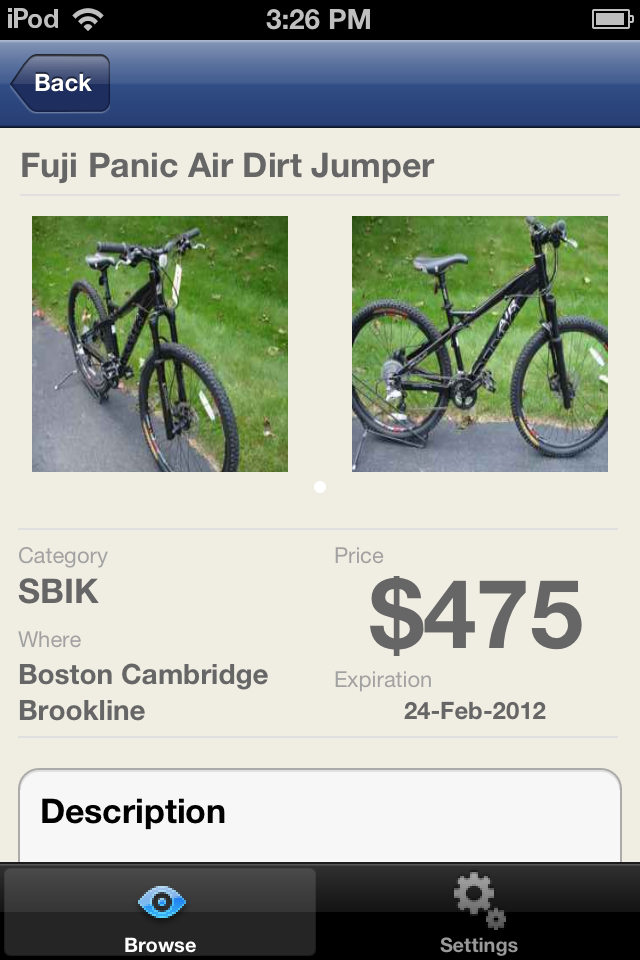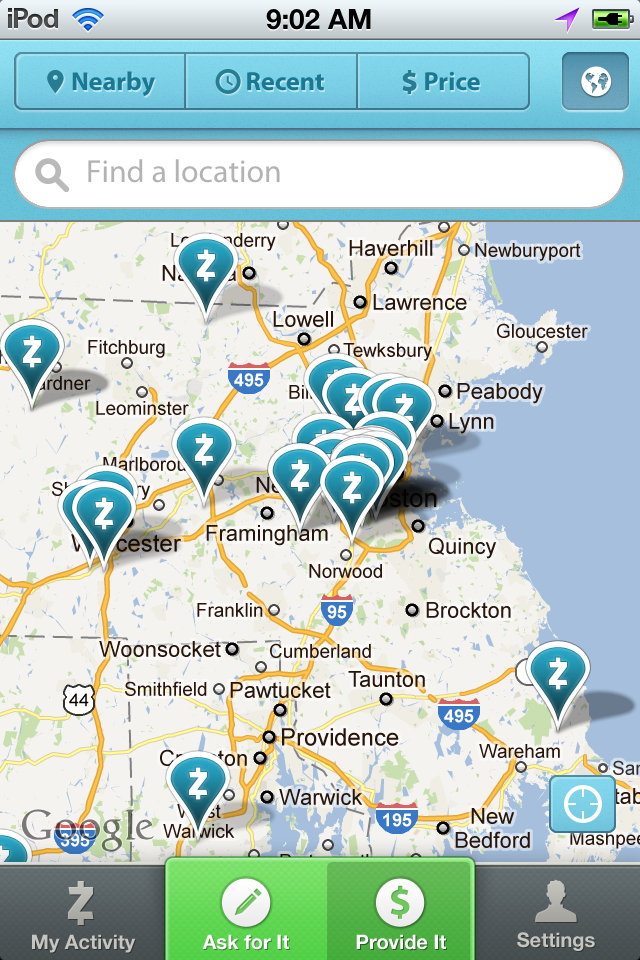Last year I used some data analysis techniques to determine that the Craigslist’s Cars and Trucks category tended to have more postings than other popular categories, such as furniture and electronics. Part of the reason relates to aggressive car dealers, as well as the huge inventory of used cars among ordinary sellers.
More recently, I was able to dig into my company’s own app usage data, to determine what buyers were looking at. One of the most surprising findings was most people use the app for browsing and buying cars on Craigslist.
A couple things to keep in mind with this data:
- It’s from a relatively small set of early adopters. The app launched in late April, and six weeks later around 2/3 of all descriptions viewed were in the cars & trucks category. In the weeks that followed, the percentage dropped to about 55%.
- More mainstream users, or niche audiences that latch onto the app in the future, may prefer other categories.
- The next version of the app, version 1.5, will exactly follow Craigslist areas including “for dealer” categories which are not part of the current version. Adding “for dealer” categories may increase the number of people browsing cars and trucks … or it may have little effect (many Craigslist buyers stay away from vehicles offered by dealers).
- Version 1.5 will also expand to more Craigslist areas. Some of these areas may have be as enthusiastic about used cars.
Incidentally, version 1.5 of the app should be released any day now (assuming Apple doesn’t have any problem with it).


